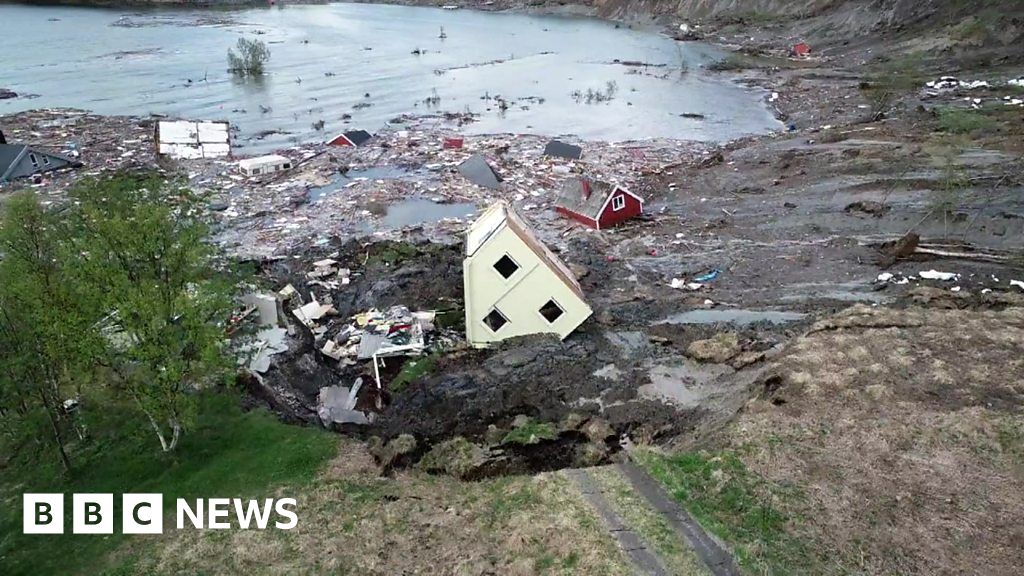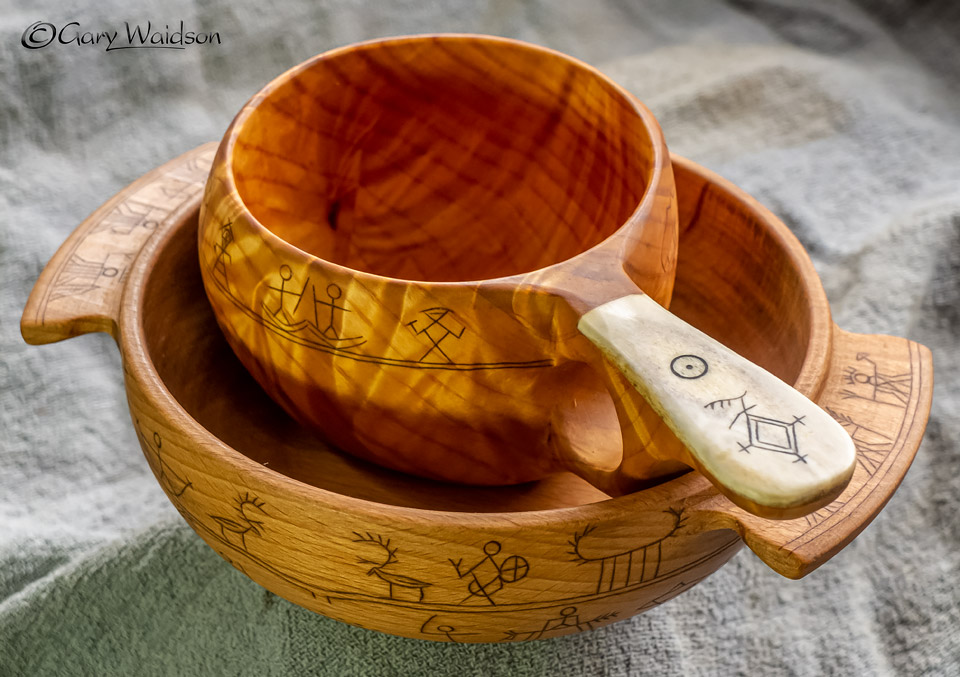That dish is almost poetic in appearance.
Paleo stories as are the old story poles here.
Do you ever worry about breaking the very tips off the scalpel blades?
An electric cable thermometer might show you a thermocline in the lake.
Has the effect of compressing the fish populations according to water temperature.
Steady wind can create a seche with daily oscillations in depth.
Looking at the dish, my very first thought was that they knew about thermoclines.
The theoretical definition is a change of 1 degree Celsius per meter of depth.
Fact is, the boundary is often 5-7 degrees per meter, or more. Profound layering.
Paleo stories as are the old story poles here.
Do you ever worry about breaking the very tips off the scalpel blades?
An electric cable thermometer might show you a thermocline in the lake.
Has the effect of compressing the fish populations according to water temperature.
Steady wind can create a seche with daily oscillations in depth.
Looking at the dish, my very first thought was that they knew about thermoclines.
The theoretical definition is a change of 1 degree Celsius per meter of depth.
Fact is, the boundary is often 5-7 degrees per meter, or more. Profound layering.



